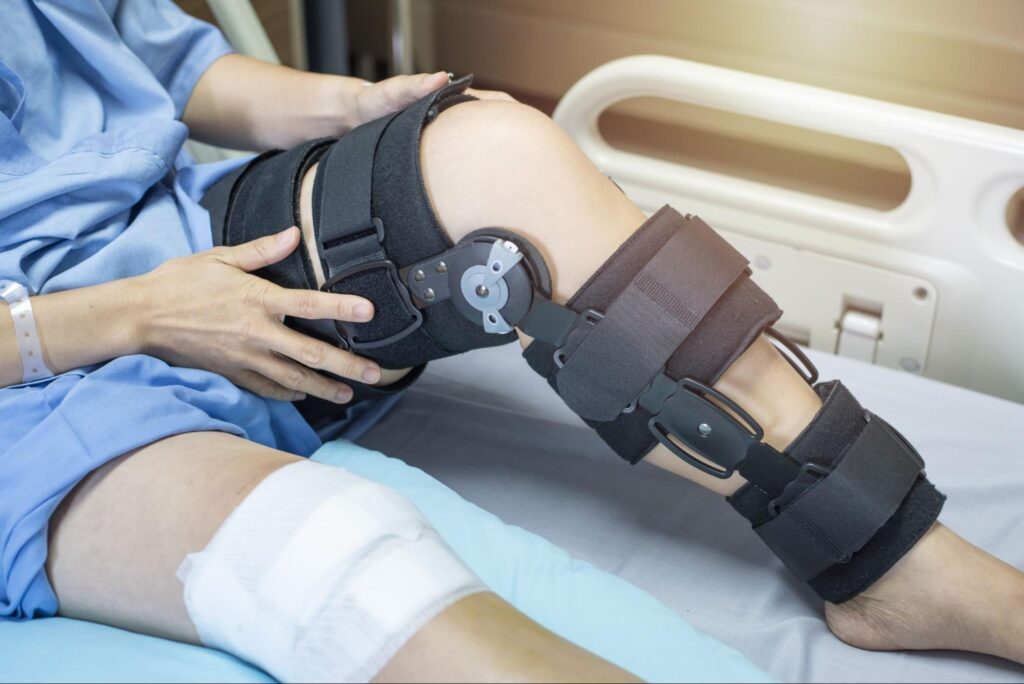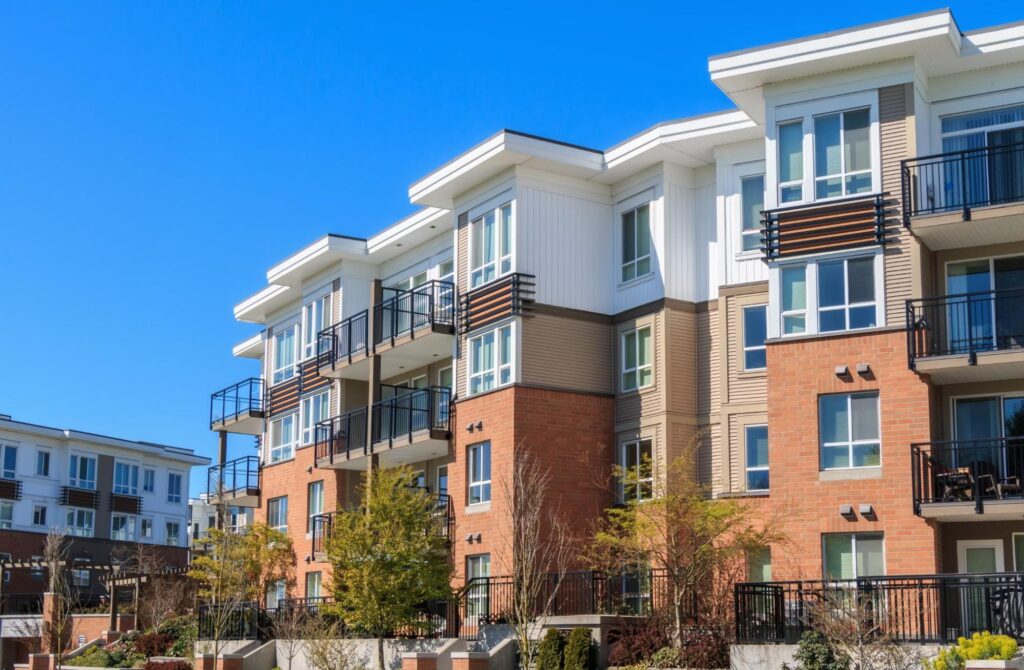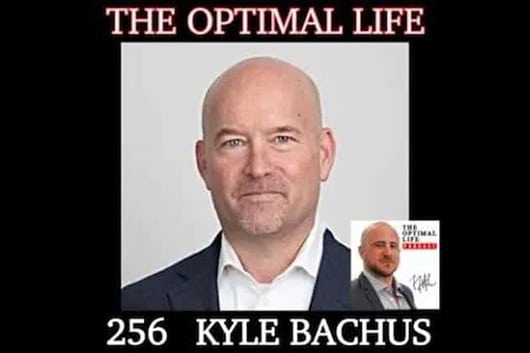What to Know About The Accommodations Under the Americans with Disabilities Act (ADA)

When victims suffer catastrophic injuries after an accident, their lives are often never the same. They have permanent injuries that change the way they’re able to move, work, and live their lives. Some won’t be able to return to their job because they can’t complete the same duties as they used to. Others will need adjustments to their living situation to accommodate a wheelchair or other disability.
If this happened to you or a loved one, you have rights under the Americans with Disabilities Act (ADA). As adapted from Kyle Bachus’ best-selling book, “Unthinkable,” here’s what you need to know about making the necessary adjustments to adapt your environment to your new reality.
Were you permanently injured in an accident? Contact the Elite Litigation Group to schedule a free consultation with our catastrophic injury attorneys.
What is the Americans with Disabilities Act?
The ADA was enacted in 1990 to ensure that people with disabilities had the same rights and equal treatment as those without disabilities. The ADA makes it possible for those with disabilities to access services and participate in society with the necessary accommodations to make that possible. For example:
- Public buses must be wheelchair accessible
- All curbs at intersections have ramps
- Employers must make reasonable adjustments for disabled workers
- Providing accessible parking spaces in public places
Employment Accommodations
Under the ADA, it is illegal to discriminate against an employee or a potential worker due to their disability, including:
- Recruiting or hiring
- Onboarding
- Promotions
- Layoffs
If disabled workers need reasonable accommodations to perform their job duties, the employer is required to make the modification. The accommodation is considered “reasonable” if it doesn’t substantially interfere with business operations.
For those with catastrophic injuries who want to return to work, it’s essential to know that you can have your employer make adjustments to your work environment or duties to accommodate changes in your mobility or ability. If they refuse to make changes for you or a loved one who is disabled, you can report it to the Equal Employment Opportunity Commission (EEOC) or hire an attorney to enforce your rights.
Housing Accommodations

Passed around the same time as the ADA, the Fair Housing Act protects those with disabilities who live in apartments. It requires that all apartment buildings with four or more units, and that were built after March 1991, have the facility to accommodate disabled residents on the ground floor for those without elevators or all units when there are elevators.
Unfortunately, the law does not require that landlords or property owners pay for these modifications. All they must do is ensure the apartment is adaptable and allow disabled individuals to make adaptations when needed. This may include:
- Adding ramp access over steps
- Adjusting the height of light fixtures
- Expanding the doorway width
- Adding handrails around the toilet and in the tub
In addition to having to pay for these modifications, tenants are also required to return the unit to its original condition when they leave. These expenses can create a financial burden for accident victims who may already be facing medical bills and other costs related to their injuries. However, there may be ways to get financial help after a catastrophic injury. Try looking into the following:
- Your state’s Victim’s Compensation Fund for crime victims
- Insurance policies
- Legal action with a personal injury claim
Does the ADA apply to common areas in an apartment building?
Because common areas are considered to be public spaces, the ADA does require reasonable accommodations for disabled residents in these areas. Some apartment complex common areas include parking lots, breezeways, and the rental office.
Long-Term Care
Recovering after a catastrophic injury is a long road that includes hospital stays, rehabilitation, and other acute care needs. In fact, many accident victims will need long-term medical care for the rest of their lives.
Private health insurance, Medicare, or Medicaid will typically cover necessary expenses related to a long-term care facility. However, some victims may not be eligible for this coverage. After you identify the extent of your or your loved one’s injuries and medical needs, it’s time to explore options for care. You can seek financial support for these services through:
- Private insurance
- Government insurance
- Non-profit organizations
- Legal claims for compensation
Get the support you need. Our attorneys will fight for maximum compensation so you can start to rebuild your life. Contact us now.
Rebuilding Your Life After Catastrophic Injury

A catastrophic injury is one that has a life-long impact on the victim, including lasting psychological effects. The person’s life and family dynamic are changed forever in an instant, which can be difficult to accept. Fortunately, there are support, options, and opportunities for those who may need accommodations in the workplace, apartment, or long-term care.
To learn more about your rights and legal options after a catastrophic injury, contact the experienced team at Elite Litigation Group. Attorney Kyle Bachus and his colleagues of litigation specialists can help you claim compensation for your injuries and suffering. Call today to schedule a free consultation to see what your claim may be worth.
Sources:
Americans with Disabilities Act. (2022).





